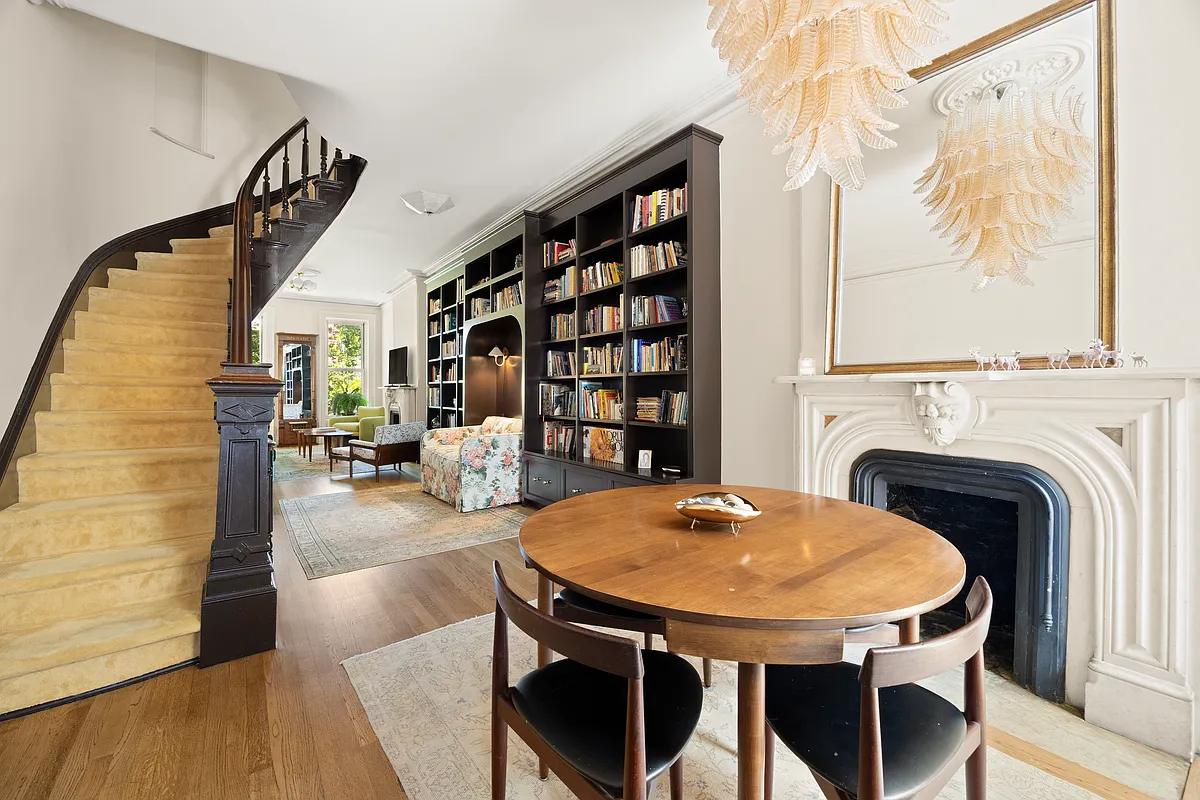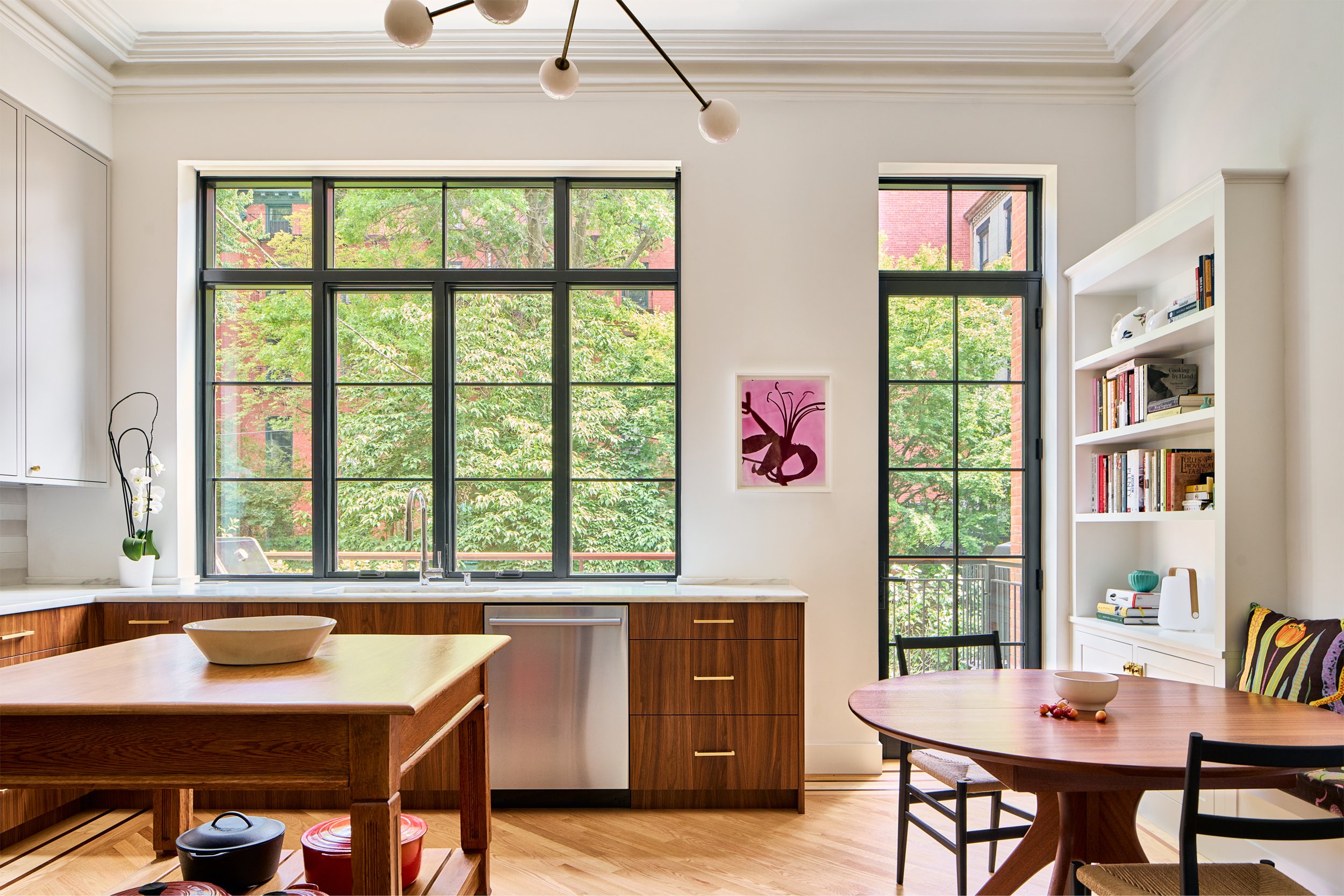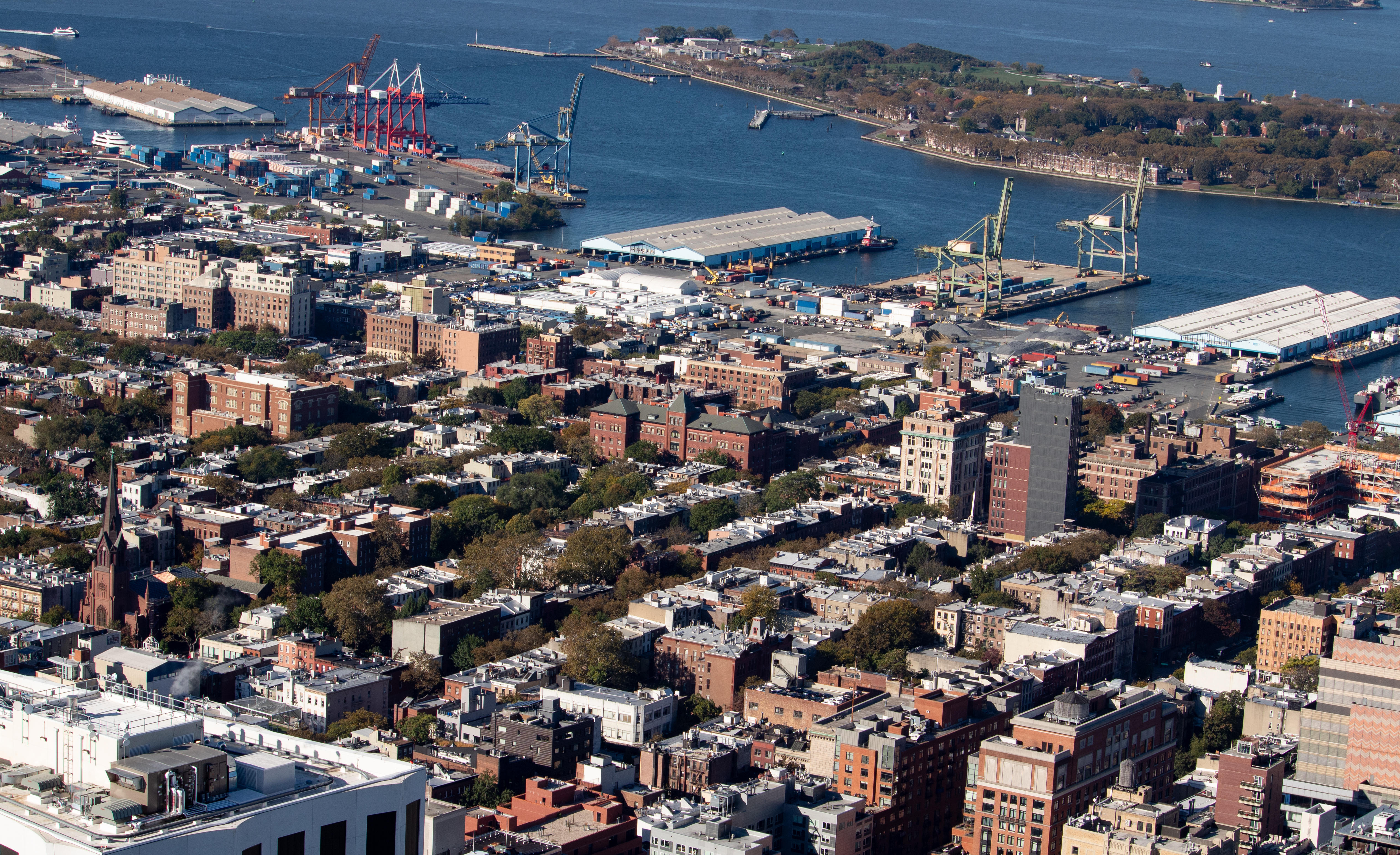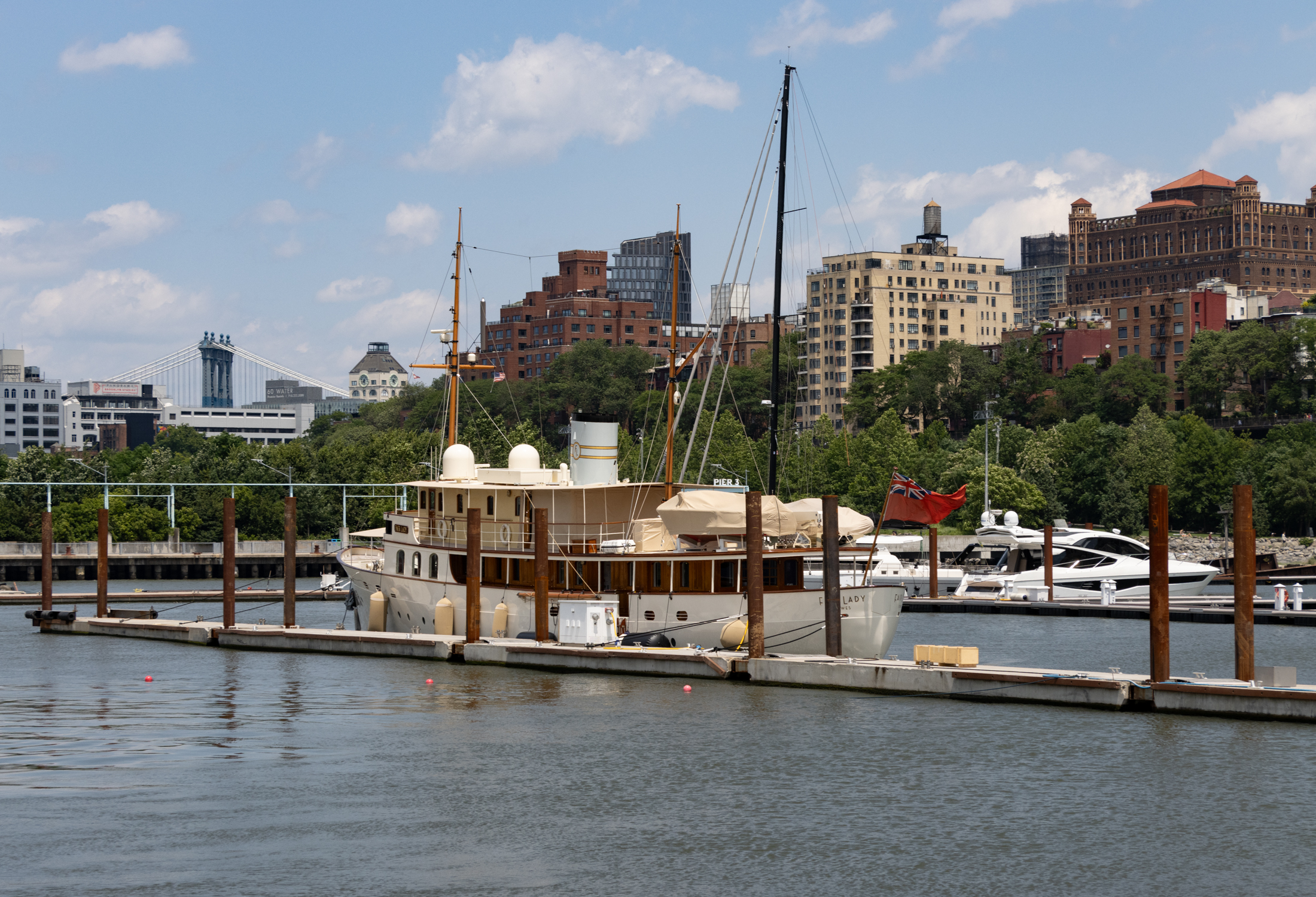MAS Continues to Push for Admiral's Row Preservation
The Municipal Art Society has put together the video above in advance of a meeting representatives from the group will attend tonight to advocate for the preservation of the Admiral’s Row buildings at the Navy Yard. The organization, which has come up with plans to preserve the structures as well as build a new supermarket…
The Municipal Art Society has put together the video above in advance of a meeting representatives from the group will attend tonight to advocate for the preservation of the Admiral’s Row buildings at the Navy Yard. The organization, which has come up with plans to preserve the structures as well as build a new supermarket and retail space, calls the rumors that only the site’s timber shed will be preserved an “inadequate solution.”
Admiral’s Row Update [MAS]
Ugly Politics May Trump Reason in Admiral’s Row Saga [Brownstoner]
MAS Floats Plans to Preserve Admiral’s Row & Build Market [Brownstoner]





http://www.brooklynpaper.com/stories/32/21/32_21_mm_admirals.html
sounds like a reasonable compromise…although I think it means that even the two saved buildings are toast…
The MAS has an incredible PR machine. It sounds like they are out there single-handedly fighting for the preservation of these houses. That is not so. The MAS is one of about fifteen groups actively engaged in the Section 106 process that the National Guard is sponsoring in order to sell the property to the Navy Yard Dev. Corp.
The buildings are toast. The Army doesn’t care about them, the Navy Yard wants to see them pulverized and the MAS cannot do any more than the other groups who are all hat and no cattle, as the saying goes. Big talk but no money to either repair the houses themselves or bring a wopping lawsuit agaisnt the Army for their atrocious disregard of the site, and of the people of Brooklyn.
I generally like and support both MAS and Montrose Morris but there are so many holes with this argument I don’t know where to start.
First off that rendering of how you could “fit” the Supermarket, industrial building and parking is ridiculous. A four story parking garage is waaay more expensive to build than a surface lot, which greatly impacts that project’s economics – yet the MAS conveniently ignores that. You can’t propose a solution that is significantly more expensive and try to pass it off as just as good. That’s just dishonest.
Second, by smushing together the supermarket and industrial building, they make it impossible for the industrial building to have any loading docks. Anyone who knows anything about industrial buildings knows that the most important thing is access to loading docks.
Finally, although the houses could be saved, the MAS again conveniently neglects to discuss how much it would cost to save. ANd where is that money coming from ? Especially in the current environment?
I doubt anyone from MAS is reading this and willing to answer these charges, but what about you Montrose Morris? In general you seem prety level -headed. What’s your reaction to these comments?
http://www.brooklynnavyyard.org/bnyhc/info/historic_center.pdf
the former Marine commandants house designed by the same team that did the US capital is being redone as a museum and other not for profit space at a cost of $15 million dollars.
They will never get the money to rehab these places, and they aren’t particularly special. There are tens of thousands of houses not radically different from these all over the country and especially the northeast.
While I personally wouldn’t donate money to this cause, I would place a bet that the MAS won’t be able to raise money for them either.
I’m a big fan of a lot of the work MAS has done, particularly on Coney Island… but I this particular effort just seems like a waste of time and money. I really wish they’d move away from focusing so much on preservation and instead encourage better development along the lines of the City Beautiful movement of which the MAS was the major sponsor over a century ago.
From what I’ve read, the Row has been called Admiral’s Row for a very long time now, including when it was occupied by people, instead of pigeons. Lots of places get names that are not technically accurate. Civilians associate a Navy Yard with admirals, so any officer’s housing. sequestered behind walls that do not allow access or accuracy of information, could easily end up being called “Admiral’s Row”, just as a street with a couple of doctors ends up being called “Doctor’s Row”. That’s such a non-issue.
The point is, that these houses are a tangible remnant of the history of Brooklyn, NYC, the Navy Yard, the US military, and American history in general. We should try to preserve as much as possible because they are unique, aren’t found on every corner, and most are still salvageable, and could be repurposed for a number of public and private uses, as part of a larger Navy Yard historic site, house museums, workshops, non-profit and community use, rental for businesses like architectural or arts offices, restaurant use for a NY tour, and much more. Saving just the shed is a cop out, and as worthy of preservation as it is, it needs to be saved in conjunction with at least some of the other houses.
I wish MAS well, and will lend my support to a good plan that can accommodate preservation, the community, and the needs of the Yard.
I love MAS and think they do great work. But I don’t agree with them on this one. Without going into great detail, while the area is called Admirals row(I assume as some marketing ploy to make it seem more valuable) This was typical mid-grade officer(lt.commander-commander) family housing. The admirals lived elsewhere(in a bigger houses) as did the medical staff and head of the hospital. MAS says very little about the houses themselves. Of course any house can be rehabilitated…its how much it will cost to do so and the uses for smallish spaces is limited. I didn’t know about the timber shed…and perhaps it can be used as part of the supermarket as Fairway has done with its building…